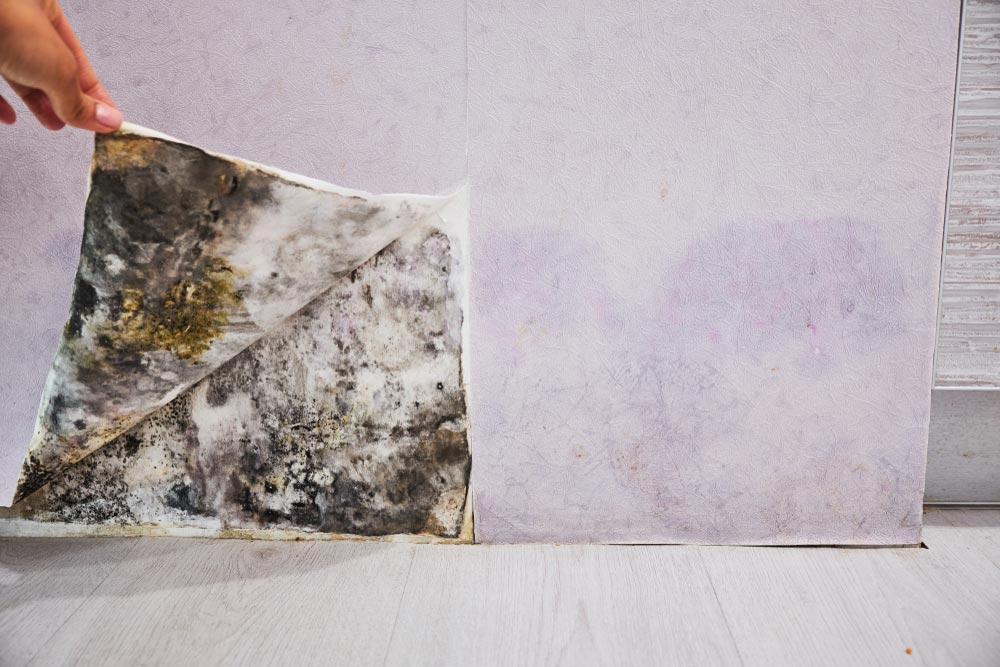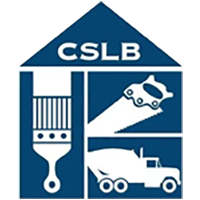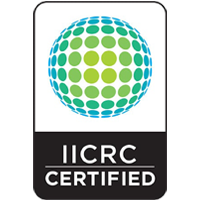
The Hidden Dangers of Mold in San Diego Homes
1. Health Risks Mold can cause a variety of health issues, particularly for those with respiratory conditions, allergies, or weakened immune systems. Prolonged exposure to mold can lead to symptoms like:
- Coughing and wheezing
- Sneezing and runny nose
- Skin rashes
- Eye irritation
- Asthma attacks
- Respiratory infections
2. Structural Damage Mold can also pose significant risks to the structural integrity of your home. Mold grows by breaking down organic materials like wood, drywall, and insulation. Over time, this can weaken these materials and lead to:
- Rotted wood
- Crumbling drywall
- Ceiling collapses
- Foundation damage
By the time mold becomes visibly noticeable, it may have already caused extensive structural damage, leading to costly repairs.
3. Decreased Home Value The presence of mold can negatively affect your home’s value. Potential buyers are often wary of homes with a history of mold problems, fearing future issues with health or property damage. Even if the mold is no longer active, lingering concerns can lower your home’s resale value.
How Can You Prevent Mold in Your San Diego Home?
1. Control Moisture Levels Since mold thrives in damp environments, controlling moisture is key to preventing its growth. Some effective steps include:
- Installing dehumidifiers in areas prone to moisture, such as basements and bathrooms.
- Ensuring proper ventilation in high-humidity areas by using exhaust fans or opening windows.
- Fixing leaks in plumbing, roofs, and windows as soon as they occur.
- Regularly inspecting for water damage, particularly after storms or floods.
2. Regularly Inspect Hidden Areas Mold often grows in hidden spaces like attics, crawl spaces, or behind walls. Conduct regular inspections of these areas, especially if your home has been exposed to high humidity or water damage. If you suspect mold but can’t see it, professional mold testing can identify hidden infestations.
3. Clean and Dry Areas Immediately After Water Damage If your home experiences flooding, it’s essential to act quickly. Mold can start growing within 24 to 48 hours of water exposure. After water damage occurs:
- Remove all wet materials like carpets and furniture.
- Use fans and dehumidifiers to dry the area completely.
- Sanitize surfaces to eliminate any mold spores that may have begun to develop.
4. Use Mold-Resistant Materials When building or renovating, opt for mold-resistant products, such as mold-resistant drywall, paints, and insulation. These materials are specifically designed to resist mold growth, helping protect your home long-term.
5. Professional Mold Remediation If you’ve already identified mold in your home, attempting to clean it yourself can be dangerous and ineffective. Mold spores spread easily and can worsen the problem if not handled properly. Professional mold remediation services, like those offered by Musick Restoration, ensure that mold is thoroughly removed and that the affected areas are treated to prevent future growth.






